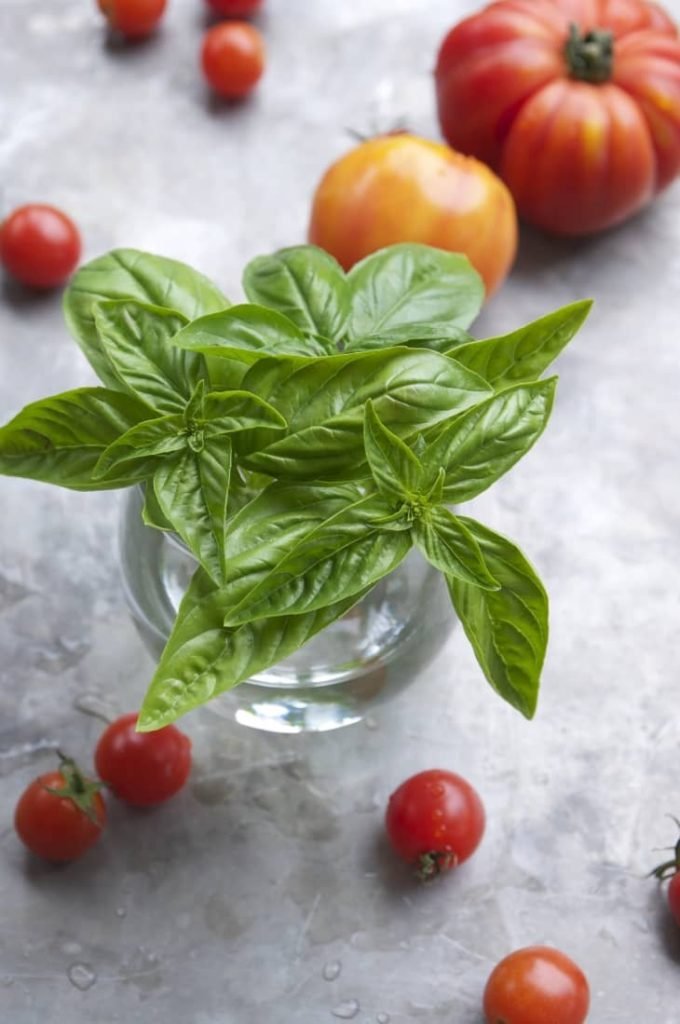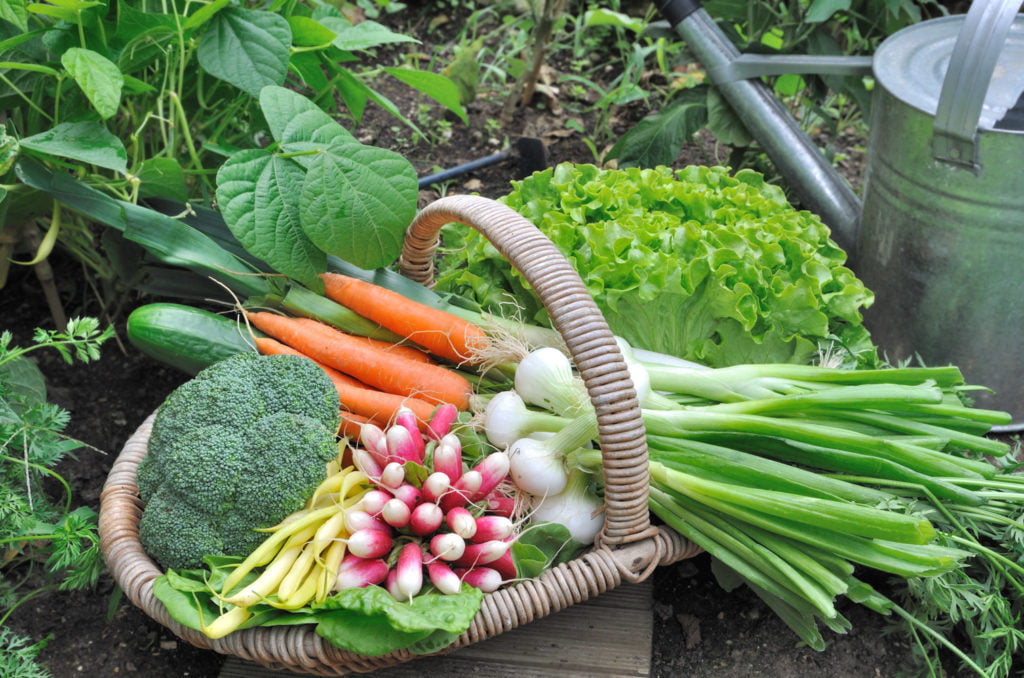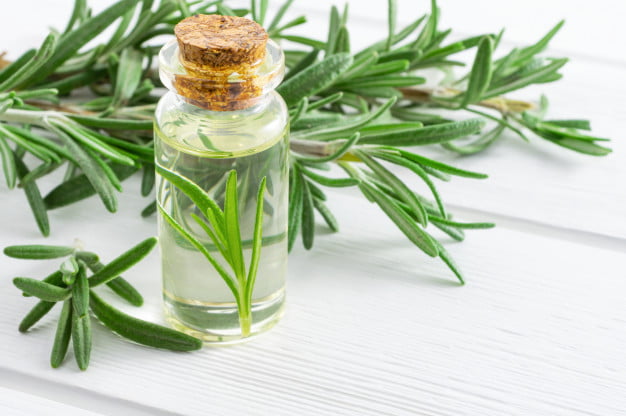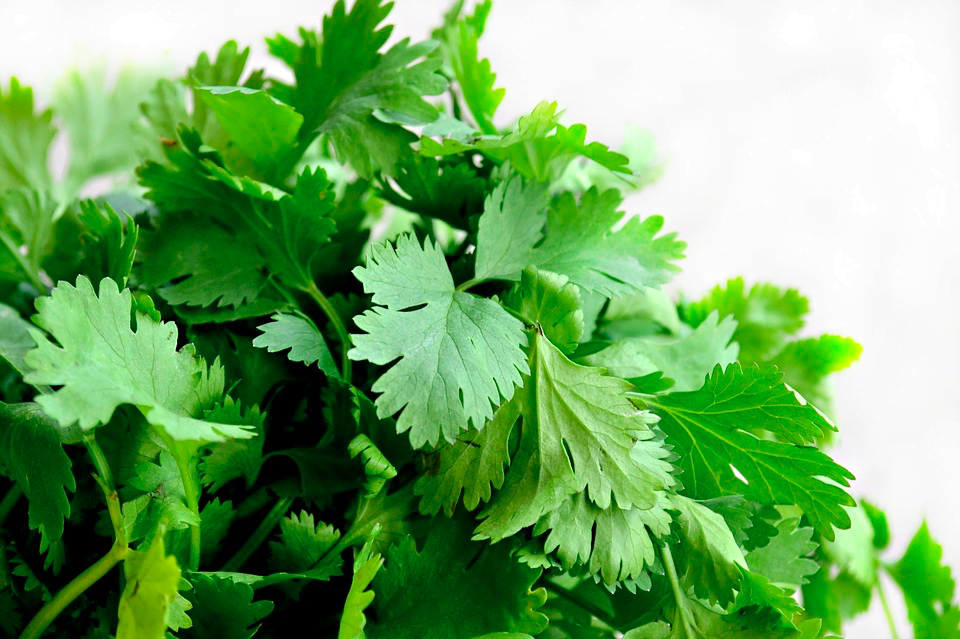Growing Sweet Basil
Parsley and cilantro might be high-ranking contestants when it comes to the most commonly grown herb, but sweet basil almost always steals the top spot! There’s a good reason for it, too. It is a tender, fragrant, and flavorful herb that is a prized addition to many cuisines. If you’ve never planted this popular garden herb, then there couldn’t be a better time than now! In this gardening guide, we’ll walk through the basics of how to care for this plant. Pesto, bruschetta, and margarita pizzas are right around the corner once you’ve mastered the easy art of how to care for this herb.
Basic Necessities
When it comes to growing sweet basil, there’s no “green thumb” required in order to be successful! In fact, you don’t even have to have any previous gardening experience to grow a bountiful crop. As long as you keep the following necessities at hand, you’ll always have plenty of basil to go around. Here are some basic tips to grow sweet basil.
- Full Sun – As far as this basil is concerned, the more sunlight, the better! Although basil will tolerate a slight degree of partial shade, it will do best when grown in an area that receives at least 6-8 hours of full sun daily. For basil that is to be grown indoors, aim for at least 30 watts of full spectrum lighting for each plant. Indoor plants will need more light than outdoor plants, so plan on providing at least 10-12 hours of uninterrupted light.
- Well Draining & Fertile Soil – Although sweet basil could be grown in less than ideal soils, you’ll find that maximum growth and plant health will be achieved in fertile soils. Not only does the ideal soil contain a wealth of composted organics, it will also provide plenty of drainage. For basil that will be planted in the ground, prepare garden beds a month in advance by working compost into the topsoil. Container basil plants will thrive with a high quality organic potting soil that is amended with perlite for drainage.
Grow Sweet Basil from Seeds
While you could go to the store and purchase a plant, the best way to start your season is by growing basil from seeds. Not only will you be able to control ow your seedlings are looked after, you’ll save yourself the headache of over-planted containers of basil at the local garden center. Here’s a look at how to plant and grow sweet basil seeds:
- Begin planting sweet basil seeds 4-6 weeks before the date of the average last frost in your area.
- Fill seedling trays with fine potting soil or seedling mix.
- Place 2-3 seeds per seedling container. Cover the seeds with just the slightest amount of soil. The seeds need some light to germinate, but also need the moisture from the soil covering them!
- Water the seeds well, being careful not to flood the soil.
- Place in a brightly lit south facing windowsill, or allow to sit under artificial grow lights. Maintaining consistent moisture, your seeds should begin to sprout in 6-10 days.
Quick Guide for Growing Basil
| 4-6 Weeks Before the Average Last Frost Date | The Week of the Average Last Frost Date | Week After Average Last Frost Date |
|---|---|---|
| Begin sowing sweet basil seeds indoors. | Harden off the basil plants. | Transplant basil plants outdoors permanently. |
Thinning, Transplanting, and Growing
Provided you had successful seed germination, there should be at least a couple of young basil seedlings per cup. Continue to provide moisture and let them grow until they’ve reached a size where two sets of true leaves are present. At this time, gently pull or cut weak plants at the soil line in each cup. Thin so that only the strongest basil seedling remains in each seed cup.
- Once the sweet basil seedlings have been thinned, return to your regular water and lighting regimen for the next couple of days before transplanting. This short resting time will provide the basil seedlings a recovery period from any root damage that may have been caused during thinning.
- At this point, the basil seedlings may be transplanted into a container double the original size.
- Continue to house them indoors until the week of the average last frost arrives. At such time, the plants may begin the process of hardening off.
- After completion of hardening off, the sweet basil plants may be permanently planted into their final location or container.
- In its final location, sweet basil will need little maintenance. Just water and weed as needed. Your basil will appreciate a soil that is kept consistently moist, but never waterlogged. A good tip is to water only once the top 1.5 inches of soil have become dry.
Harvesting
Sweet basil leaves may be harvested any time throughout the season, and should actually be done so quite often to promote new growth. To harvest the leaves, pinch off new growth at the nodes. Pinching is preferred over cutting with scissors as it causes less stress to the plants. In either case, be sure to remove growth and leaves as close to the stem as possible. This good practice will reduce the potential for disease and keep plants healthy for continued production. At the end of the season, basil will begin to flower. The plants can be left to complete flowering for seed collection, or the flowers removed for continued leaf production. We highly recommend pruning the flowers!
Final Word
Caring for sweet basil is like riding a bicycle! Once you’ve learned the process, you’ll never forget it! Realizing that there’s a bunch of gardeners well versed in growing this herb, I’d like to welcome you to share any unique tips or tricks that have been successful for you. Thanks for reading, and happy gardening!
If you enjoyed this article, you’ll for sure want to have a look through these other great gardening guides.








